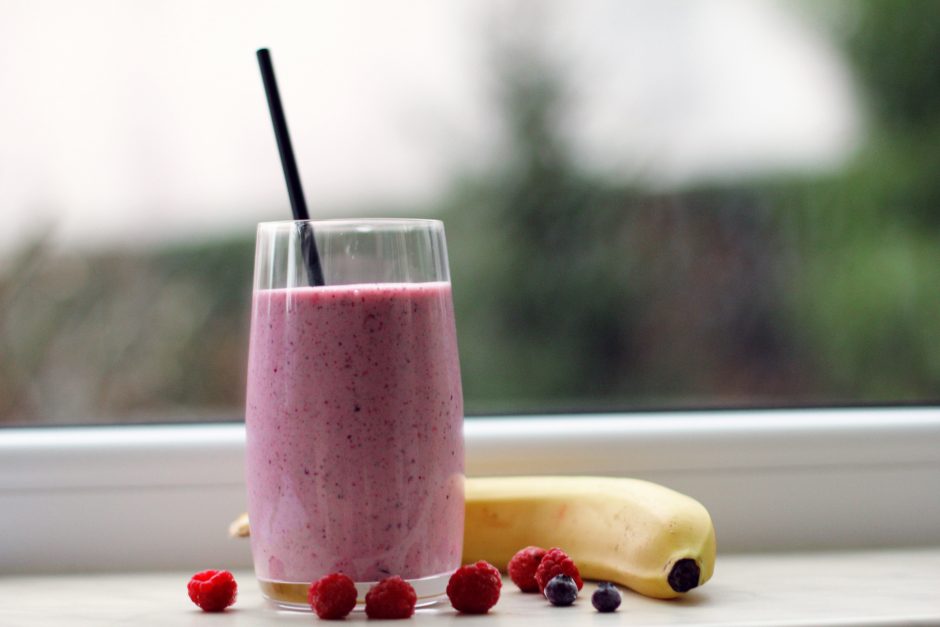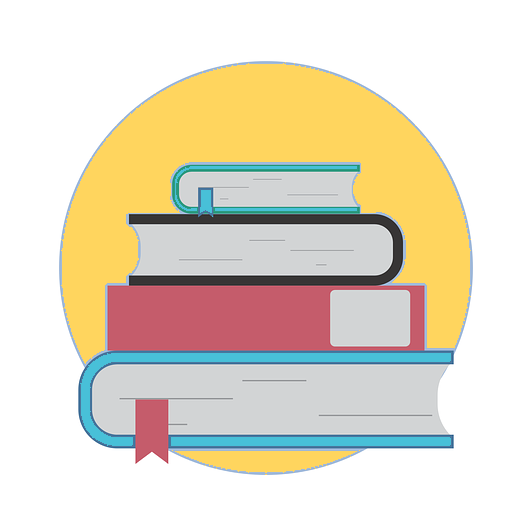Creative Commons estimates that there are over 1.6 billion creative works that have a CC license. In the next unit, we’ll be looking specifically at educational materials that have CC licenses and how those can be discovered and used for teaching and learning, but we’ll start here with the basics of finding and reusing CC licensed works.
Finding CC licensed works
There are multiple websites that you can use to find CC licensed or public domain works. Here are a few:
- Open Educational Resources Guide – The UBC Library’s OER Guide has a curated list of places to find CC licensed materials, including images, textbooks, and audio.
- Examples from the Open UBC website– The Examples section from the Open UBC website showcases a list of openly licensed courses, tools and databases that are created by people at UBC.
- Creative Commons Search – The Creative Commons organization has built a search tool for creators seeking to discover and reuse openly licensed creative works. At this time, the tool only searches for images, but they plan to add more types of CC licensed materials in the future.
See also the Open Educational Resources module for information on workflows for finding and evaluating OER.
Reusing and attributing CC licensed work
The first thing you must be sure to do when reusing a work with a CC license is to check that your intended use adheres to the terms of the license. So, for example, if you want to make an adaptation of a slide, diagram or image with a CC BY-SA license, and you plan to share that adapted work with anyone else, you must license it with the same or a compatible license.
Secondly, as mentioned in “What are the different types of Creative Commons Licenses?“, all CC licenses require that attribution be given to the creator. Even if the work is CC0 or Public Domain, it is still a good idea to attribute the creator: doing so means others can find the original, and the person who created it, to see if they might like to use some of that person’s or organization’s other work that may have a CC license or a dedication to the public domain (CC0).
Attribution is similar to citation, though not exactly the same. Citation is a long-standing practice in which scholars give credit to others whose work they are quoting, paraphrasing, or building upon in their own work. It has standard practices, rules and styles. One may often be citing works that are “all rights reserved” under copyright and that can’t be reused in their entirety.
Attribution, in connection with CC licenses, is about crediting a copyright holder who has given their work an open license that requires providing credit to the creator. Attribution in this context is for works that have an open license and that can be reused in their entirety (so long as attribution is provided). See the BCcampus Self-Publishing Guide chapter on Citation and Attribution for more information on citation, attribution, and the differences between them.
How to attribute CC licensed work
The best practice for attributing CC licensed work is to apply the TASL approach:
- T = Title
- A = Author
- S = Source
- L = License
Here is an example of an attribution that uses the TASL approach:

In the attribution, the title of the work is linked to the URL of where the image can be found (in this case, on Wikimedia Commons), the author’s name is linked to the author’s page, and the Creative Commons license is linked to the Creative Commons license page.
Here is another example: this video, which is a recording of workshop, uses a bit of openly licensed music at its start and end. The video concludes with this final slide, which provides the attribution for the music:

The attribution list the title, creator, source, and license of the song used. Additionally, the the source of the item is written out since hyperlinks are usually not clickable in videos.
You can see more examples of attribution in Best Practices for Attribution, from the Creative Commons Wiki. The UBC Copyright website page on image attributions also has further examples of how one could attribute CC licensed works.
There are also some useful tools that automate the attribution process:
- Creative Commons Image Search – The Creative Commons Image Search has an auto attribution feature.
- Flickr CC Attribution Helper (Only for Flickr Images)
Remixing CC Licensed Works

Scenario – Adapting a work that has CC BY-ND license
Let’s consider this scenario: Preeda wants to create an open textbook for her ECON 101 course. She decides to search for existing ECON 101 textbooks and adapt them so that the context of the textbook is appropriate for her course. She then realizes one of the textbooks she adapted has a CC BY-ND license. She is unsure whether she can still use material from the ND licensed textbook to create her open textbook. Given what you’ve learned so far, do you think she will be able to do so?
It turns out that the answer to this question is more complicated than it might at first seem. Preeda is looking to create a textbook that includes and adapts several other openly licensed resources, and she could do so in different ways.
Remixes
One way in which Preeda could create a new open textbook using materials from several others is to create a remix, which would count as an adaptation of the original works. A work that is a remix often includes materials from multiple sources and weaves them together so that it’s not always clear when one ends and another begins. In an open textbook, for example (or even this module!), there may be text that is used under a CC license mixed in with other text, and with new words and sentences added in by the person making the remix.

In the Creative Commons Certificate course for Librarians & Educators section 4.4, the idea of remix is compared to a smoothie, where originally separate ingredients are mixed in together in a blender (see a useful blog post about the smoothie metaphor by Nate Angell).
Collections
As already noted in the CC BY-ND section of the “What are the Different Types of Creative Commons Licenses?” part of this module, putting together non-modified existing works (or portions of them, such as a chapter in a book) into a collection does not count as an adaptation: a collection “compiles different works together while keeping them organized as distinct separate objects” (CC Certificate for Educators and Librarians, section 4.4). Instead of a smoothie, a collection would be if you had several different foods served at the same time without being mixed together (or, in Nate Angell’s metaphor, a TV dinner):
Using “No derivatives” materials in a textbook
Would Preeda be able to take a chapter or a portion of a chapter from the ND licensed textbook to use in her textbook if she is creating a “collection,” and if if she doesn’t modify the material licensed ND in any way that would count as an adaptation?
There isn’t a straightforward answer, though the CC FAQs provide some guidance under the question “Can I reuse an excerpt of a larger work that is licensed with the NoDerivs restriction?”
- “Incorporating an unaltered excerpt from an ND-licensed work into a larger work only creates an adaptation if the larger work can be said to be built upon and derived from the work from which the excerpt was taken. Generally, no derivative work is made of the original from which the excerpt was taken when the excerpt is used to illuminate an idea or provide an example in another larger work.”
This is somewhat vague, and it’s in part because, as the same answer to the FAQ above notes, “What constitutes an adaptation, otherwise known as a derivative work, varies slightly based on the law of the relevant jurisdiction.”
So can Preeda use CC-BY-ND licensed material for her textbook? As you can see, the question about what Preeda may do is complicated, and perhaps the best thing for her to do in this situation is either: (1) not use the material from the ND licensed work, or (2) consult the copyright office for her institution (e.g., the UBC Copyright Office).
Licensing a textbook
After consulting with the copyright office and her colleagues, Preeda has decided to use the ND licensed work as part of collection in her textbook. Preeda was planning to license her textbook with a CC-BY-SA license, but then realized this license may not be compatible with the ND licensed work she used in her textbook. Does this mean Preeda has to change the license of her textbook to CC-BY-ND in order to be able to use as a collection? According to the Creative Commons FAQ on using CC licensed works in collections, Preeda can still use the ND licensed work in a collection even if her textbook is licensed under the CC-BY-SA license. However, how could Preeda license her textbook so that the reader will know which part of the textbook is under the ND license?
On the license page, Preeda can indicate that “Except where otherwise noted, this website is licensed under a Creative Commons Attribution Share Alike 4.0 International License,” and write the page or chapter of the textbook that us exempt from the CC-BY-SA license. An example of this can be seen on the Keep Teaching site’s Copyright license page.

Test your knowledge

Dig Deeper
Consider a different scenario Preeda might find herself in: If some of the materials she hopes to use for her textbook are licensed CC BY-SA and some CC BY-NC, can she create a remix using those, and if so, what license can she give her open textbook?
- See the CC FAQs on remixing materials and licensing those remixes for information to help answer these questions. If you have questions or comments after doing so, please raise them in the discussion board on the POSE Canvas site.
Adapted from 4.3 Finding and Reusing CC-Licensed Work and 4.4 Remixing CC-Licensed Work from Creative Commons under CC by 4.0 License.
